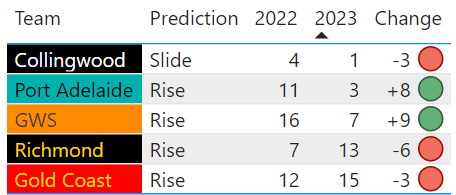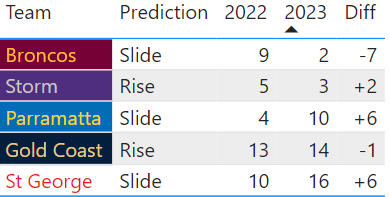Carbon Footprint of Our Food - Why the idea of eating local is a hoax.
8 in 10 people are said to believe climate change is a major threat to their country. This has lead to a number of initiatives aiming to enable people to reduce their carbon footprint through the way we consume food.
One of these initiatives is the idea of eating local.
Intuitively, this makes sense. Local food doesn’t need to be transported to distant and offshore locations and can often be sustained by the natural resources that exist within that specific area. Despite this, however, a comprehensive study of over 38,000 commercial farms globally have identified that the transport of food plays a very, very minor role in contributing to the carbon footprint of foods.
People are aware that foods we eat have a significant impact on the carbon footprint but there is still confusion about what foods we should avoid preventing higher greenhouse gas (GHG) emission.
So what and who are the biggest contributors? Check our adapted visualisation out below using Our World in Data sourced data.
It’s an interactive visualisation, so you click on the food chain category and see the top culprits for each one!
We can see how land and farming practices affect the carbon footprint on food products even before they are packed and transported.
The numbers clearly show that the amount of GHG emissions vary on different types of foods, and eating locally only affects the emissions minimally. Being meticulous in what you eat is more important than where your food comes from.
The consumption of beef has a huge carbon footprint - 10x more than poultry products. Is it time we started reducing our red meat consumption for good, and if so, how? Should it be a personal task for all of us, or do we need more government, corporate and NGO interventions to enable greener consumption habits?
We hope you enjoyed reading this article. If you’d like to have a chat about your data strategy, please get in touch with us today, or sign-up to our newsletter to get your monthly dose of the best things in the data-verse!
For more fascinating visualisations and data stories, click here.
To keep up with all things data and White Box, follow us on our LinkedIn page.










